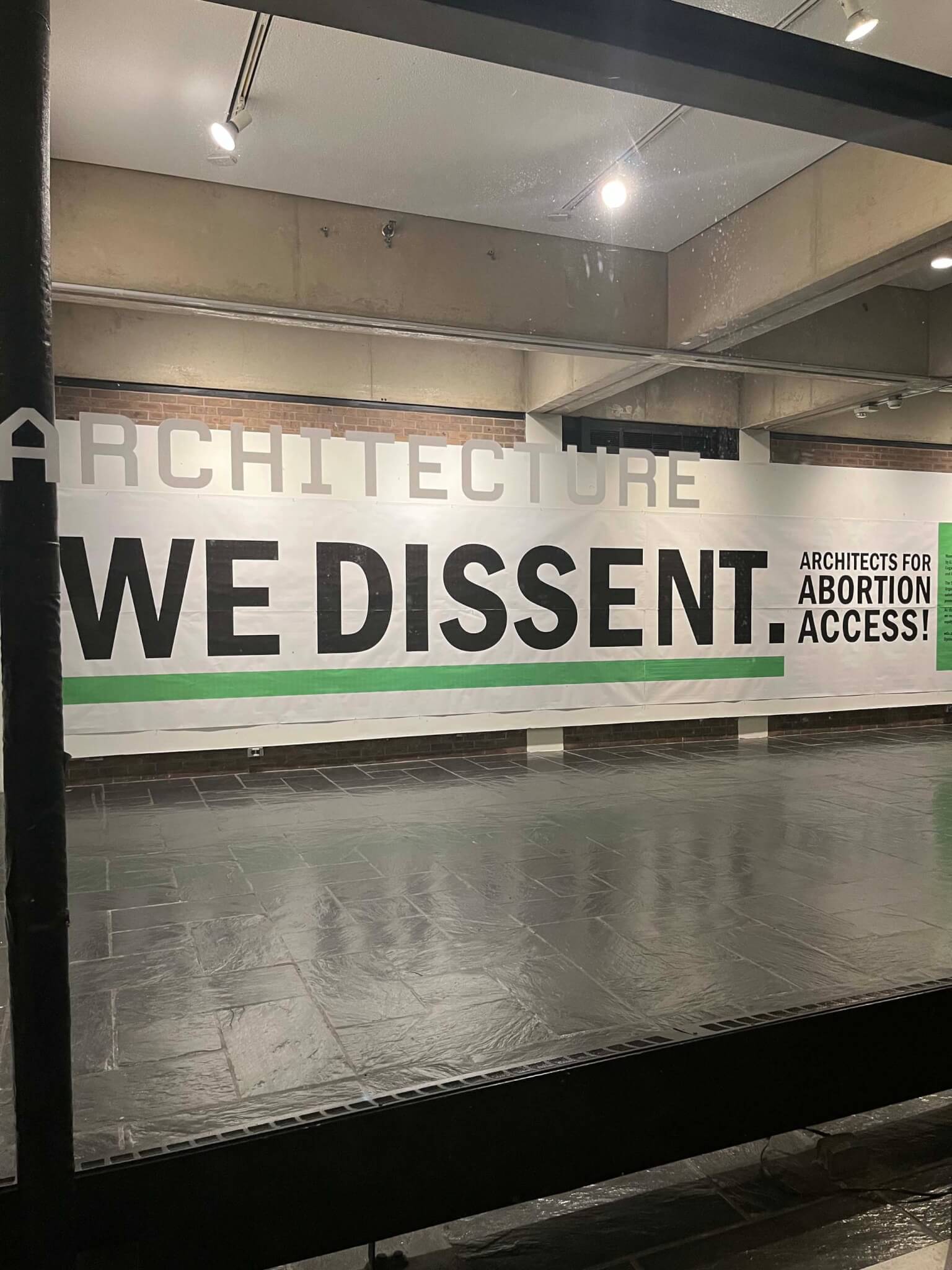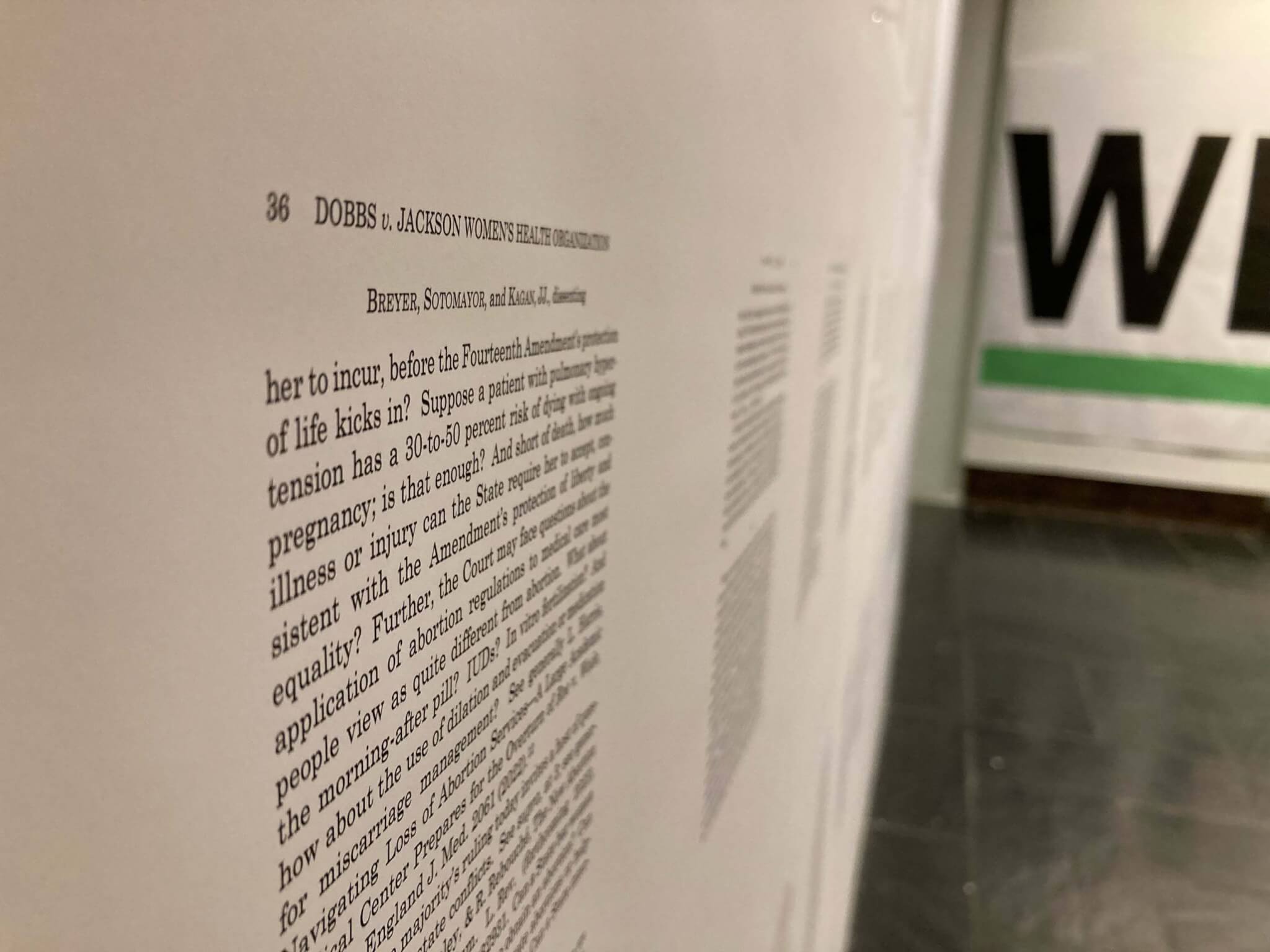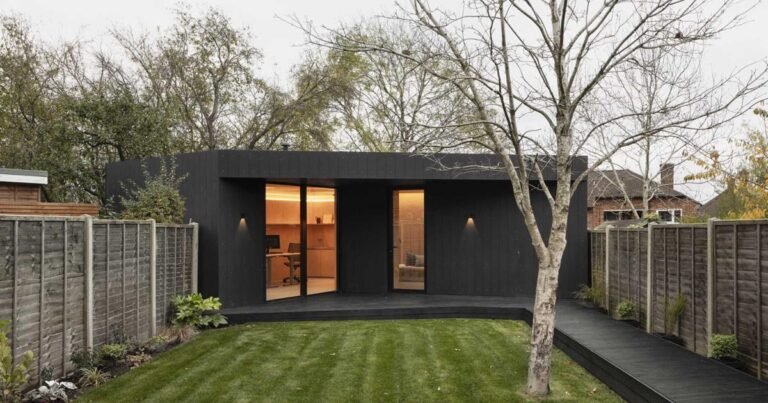Why the Supreme Court’s ruling in Dobbs v. Jackson Health Women’s Clinic matters for architects and architecture students
Fellow students, collaborators, and colleagues: We dissent.
On June 24, 2022, the Supreme Court released the opinions for Dobbs v. Jackson Health Women’s Clinic, overturning two landmark cases: Roe v. Wade (1973) and Planned Parenthood v. Casey (1992). We join Justices Breyer, Kagan, and Sotomayor in opposition of the ruling, and use the term “We dissent” to uphold the federal right to abortion care.
We are future architects, designers, educators, writers, scholars, and practitioners of all scales. We are citizens and non-citizens of these United States. We are women, men, and non-binary people. We, Princeton Womxn in Design and Architecture (WDA), dissent.

We dissent the removal of the fundamental right to bodily autonomy—We demand reproductive justice and abortion care for all!
We dissent gender, social, economic, and political inequality for women, transgender people, non-binary people, people with disabilities, and many more intersections of identity—We demand representation in architecture!
We call together the people dedicated to designing a better future for all beings and generations to come—We demand the freedom to design, regardless of identity!
Abortion access matters for the academy and profession
Reproductive care and access affects architects and students training to become architects.
In 2017—18, women made up 47.1 percent of Bachelor’s students and 51.9 percent of Master’s students who earned architecture degrees in the United States. If roughly half the students in architectural programs across the country are women, why is it that only 17 percent of registered architects in the nation are women? Why are women only 40 percent of newly licensed architects? We believe limiting access to reproductive care diminishes representation in the field.
The gender biases of architectural practice in America can be seen in these statistics. This must be improved. Abortion access does not only affect women—all people have reproductive healthcare needs. We recognize trans and non-binary representation in the field as essential.
Abortion access is part of the discipline
Architects are responsible for providing safe, healthy, and accessible built environments, including healthcare spaces. Abortion and architecture are inseparable because abortion is healthcare. It is necessary to replace the stigma built around abortion clinics and health centers with an ethos of care and support.
Legal systems and spatial systems are inextricable, just as climate justice and social justice are causally linked. Beyond determining things like materials, form, and energy use in buildings, architects uphold the laws, codes, policies, and systems that dictate the spaces where we live.

Reproductive Justice is key to survival
Architecture arises from collaboration, and oftentimes, architects are key mediators. They combine different forms of knowledge, join disparate groups, and transform imagined ideas into practical, meaningful, and inclusive spaces. Similarly, movement building relies on processes of vision-making, coalition forming, and organization.
We recognize the founders and leaders of the Reproductive Justice movement and its three pillars: the right to have a child, the right not to have a child, and the right to raise families in safe and sustainable communities. The Reproductive Justice movement works from a space of intersectionality. It is led by groups like the Sister Song Women of Color Reproductive Justice Collective, the National Latina Institute for Reproductive Justice, Birth Justice Warriors, The Center for Reproductive Justice, We Testify, Moms 4 Housing, and many more.
We follow and support architects, practitioners, educators, and students who dedicate professional and academic work to the relationship between architecture and abortion access: Lori Brown and Jordan Kravitz, who are organizing a list of architects ready to assist clinics; and the inter-institutional studios addressing reproductive justice in architecture at CCNY Spitzer School of Architecture, Columbia University GSAPP, and Syracuse University School of Architecture (led by Lindsay Harkema, Bryony Roberts, and Brown, respectively) in collaboration with FLUFFFF Studio.

Since June 24, WDA has organized the following actions:
- School-wide letter to our community
- Reading List on Architecture + Abortion
- 10-week installation at the Princeton University School of Architecture sharing our position and letter
- Hosting ongoing conversation, resource sharing, and action items
If you are an architecture student, here are some ways to join the fight for reproductive justice:
- Know your state. While this is a nationwide crisis, designers must learn about their community’s needs and restrictions as laws and policy change.
- Take it to class. Spatial Reproductive Justice can and will benefit from the critical engagement of design institutions. If you are a fellow student working on design and/or research of this issue, please be in touch.
- Injustice does not exist in isolation. Follow the ongoing work in anti-racist organizing: Design As Protest, Dark Matter University, and others.
- Find on-campus resources. Be in touch with your university or school’s resources on gender/sexuality, health centers, and outside student organizations. You are not alone in your concern.
- Promote interdisciplinary action. Connect across departments, schools, and organizations to expand the voices and perspectives contributing to your demands and goals.
- Use your institution’s visibility to instigate change. We as students recognize the forms of capital that Princeton University holds, and work towards distributing this power.
- Engage in self-care practices. Attention to one’s well-being is vital to sustaining these efforts.
- Read and share our 10 Things Architects Can Do For Abortion Access
In solidarity,
Womxn in Design and Architecture 2022
Jocelyn Beausire, Keren Dillard, Sophia-Rose Diodati, Laura Fegely, Ellen Harris, Patty Hazle, Rinna Jiang, Sofia Rojo, Ewa Roztocka, Adrian Silva, Eunice Slanwa, Marie de Testa, Shoshana Torn, and Priscilla Zhang
Sophia-Rose Diodati, Patty Hazle, and Shoshana Torn contributed to this text.
Womxn in Design and Architecture (WDA) is a graduate student group formed at Princeton University School of Architecture (SoA) in 2014 to highlight womxn through academic programming and lecture series. WDA is committed to offering an intersectional platform for architectural discourse. Bringing attention to issues of equity, including gender, class, and race disparities, WDA encourages new standards of recognition and representation within both academic and professional settings.
The text installation is on view in the Princeton School of Architecture building until September 16.
Beginning in 2017, the annual conference, organized by WDA and Princeton SoA, celebrates the unwritten or underexplored histories of architects such as June Jordan, Minnette De Silva, Anne Tyng, Norma Merrick Sklarek, Lina Bo Bardi, and Zaha Hadid.

